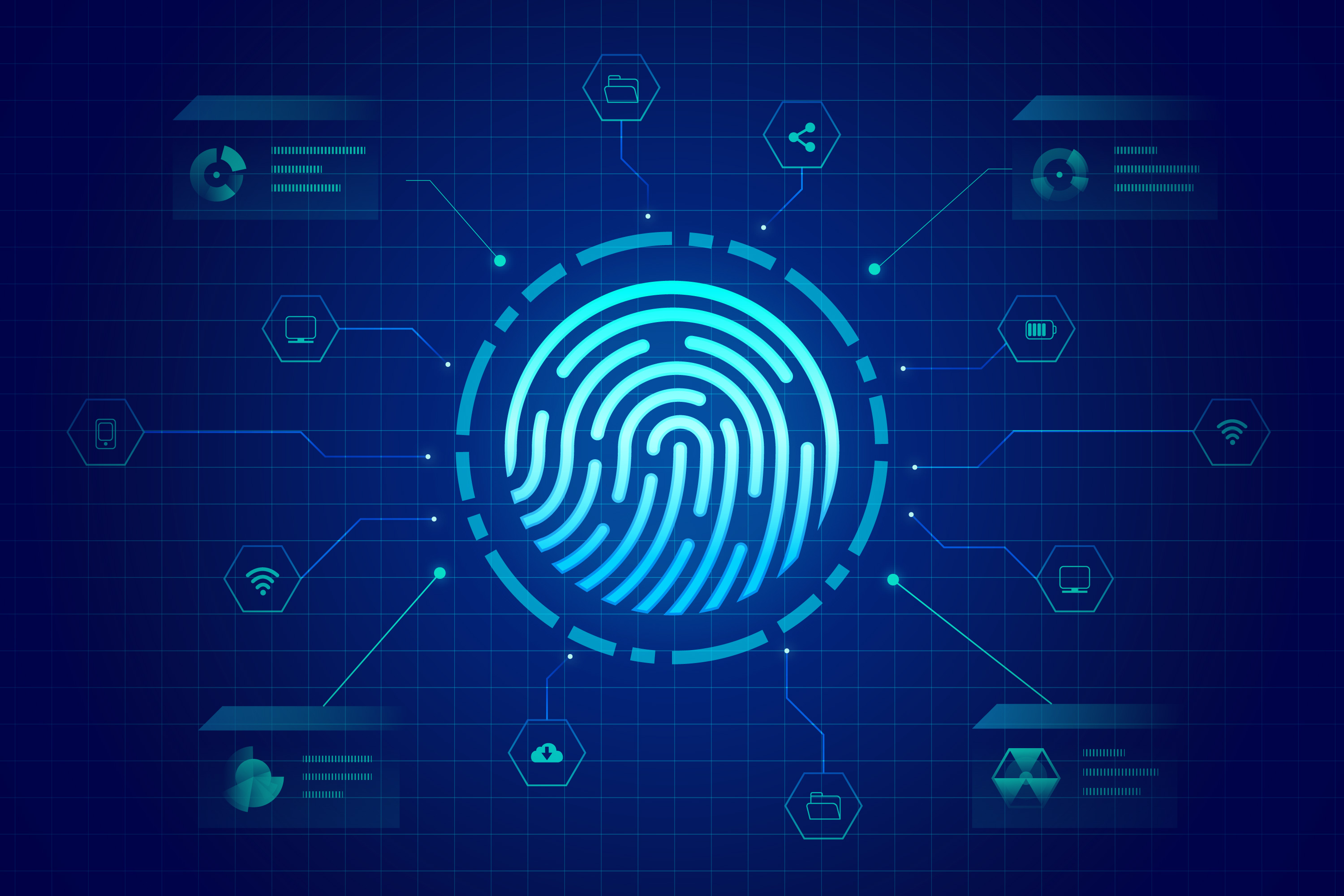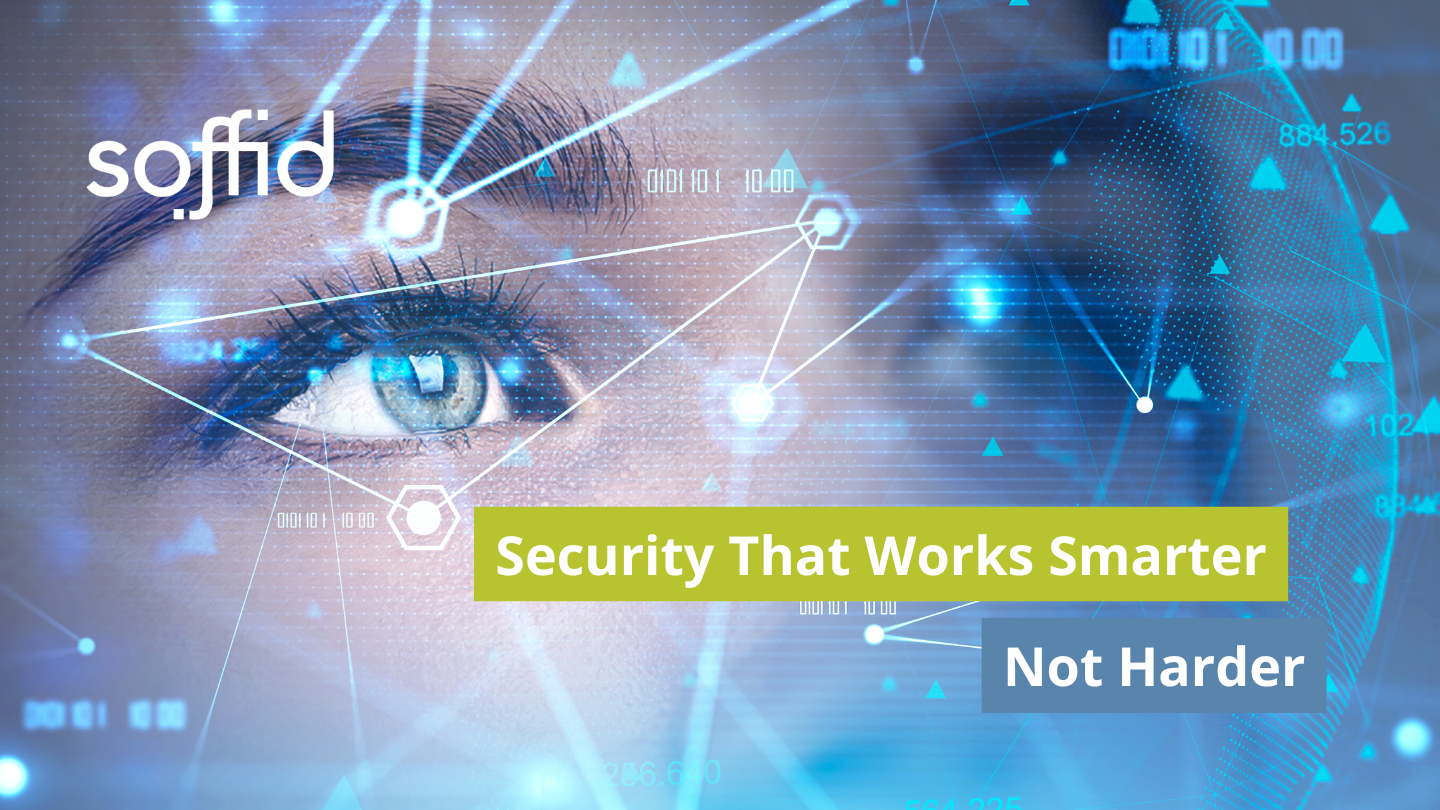
A convergent approach to enterprise security
Globalization, easy access to information, exponential growth of immigration and society diversity, worldwide political and cultural conflicts, all these phenomenons have impacted the threat paradigm of security that has also been immutably changed by domestic and foreign terrorism, and it is important a convergent approach to enterprise security.
Everywhere you go, organizations are in the middle of some sort of transformation. Whether it’s modernizing the platforms that have been there forever, trying to launch a data center in the cloud, or trying to manage manufacturing or IoT devices more efficiently, the size and shape of our digital footprint is changing. We no longer just have a “digital network”, or “digital services”, we now have an entire “digital ecosystem” and even that keeps expanding.
There’s no denying that we’re living in a time where the cybersecurity threat landscape is increasingly dynamic and complex. The landscape includes cloud-native environments, Infrastructure-as-Code (IaC), containers, secrets management, remote work
These new technologies and practices
Logically require security tooling to help address potential vulnerabilities and respond to threats and incidents when they do occur. However, there is a cost associated with the increased tool introduction and use.
Using multiple security applications results in identity sprawl. When a company uses siloed systems to manage its security risks without synchronizing them all, it creates a different identity for each application user. Few applications do not connect with the central server, forcing organizations to manage multiple identities.
Many organizations using cloud services have to suffer through various identity management. Organizations need to resolve identity sprawl issues to strengthen their cybersecurity and maximize security alerts. As every identity requires different credentials and passwords, it is impossible to keep track of them. Therefore, companies use the same passwords and account credentials for every application, pushing them to credential-stuffing.
If a company’s one application is targeted and breached, the attackers will gain access to the rest of the security applications and then sell this information on the dark web. From here, threats snowball, leaving the organization vulnerable to considerable brute force and hybrid attacks.
But how to have a convergent approach to enterprise security?
Product sprawl wastes many resources as the IT teams have to work overboard in software maintenance and individually train every employee to use all security products. It also wastes valuable time finding, opening, navigating, obtaining vital information, and switching between multiple products.
Product sprawl negatively affects individual and team productivity. When the teams have to operate numerous applications, it reduces the opportunity to work together and stay on the same page. Moreover, the transition from existing tools also becomes impossible as it requires training sessions to get them up to speed with every software.
What about Convergence?
We can define Convergence as the identification of security risks and interdependencies between business functions and processes within the Enterprise, and the consequential development of managed business process solutions to address those risks and interdependencies. This definition captures a significant shift from the emphasis on security as a purely functional activity, to security as an “added-value” to the overall mission of business. This is an
t starting point because it essentially changes the way the concept of security is positioned within the enterprise.
Future and approach to enterprise security
Managing the successful convergence of information and operational technology is central to protecting your business and achieving crucial competitive advantage
Identity Governance and Administration is– and to have effective security must be– that common meeting point of many different security disciplines.
To efficiently and effectively draw the security perimeter, it makes more sense to have a single, holistic view of organizational identities where you can determine policy, view posture, enact compliance, and respond to risk.
GRC (Governance, Risk Management, and Compliance) is the future of cyber security. A well-thought GRC strategy improves security objectives by better decision making, information quality, and team collaboration.
Cybersecurity platforms – A convergent approach
Makes it easy to transition new employees without extensive training. As the previous cybersecurity system needs to be manually monitored and tracked, GRC has automated firewalls. High-quality antiviruses and firewalls make businesses more secure, catching and destroying viruses before they breach the central data platform.
For organizations that are already worried about their cybersecurity incident response preparation. Once the accelerated pace of migration to the cloud brings on new and unique challenges. So in an attempt to close these security gaps, organizations spend on the latest cybersecurity tools.
Some special accounts, credentials, and secrets allow anyone who gains possession of them to control organization resources, disable security systems. Access vast amounts of sensitive data. Their power can provide unlimited access, so it’s no surprise that internal auditors and compliance regulations set specific controls and reporting requirements for the usage of these credentials. Interconnected IT ecosystems streamline business processes but often obfuscate core risks that need to be identified. Analyzed, and monitored to create an enterprise Governance, Risk, and Compliance (GRC) vision. Soffid is is equipped with federation functionalities, privileged account management, low level permits, separation of functions and recertification processes.
Final words about enterprise security
Our intelligent analytics continuously monitor for and identify new access. Risks while providing native connectors with GRC solutions so risk managers can create holistic enterprise risk management strategies.
Sources:
(1) riskandcompliancemagazine.com
(2) Pwc
(3) Deloitte





